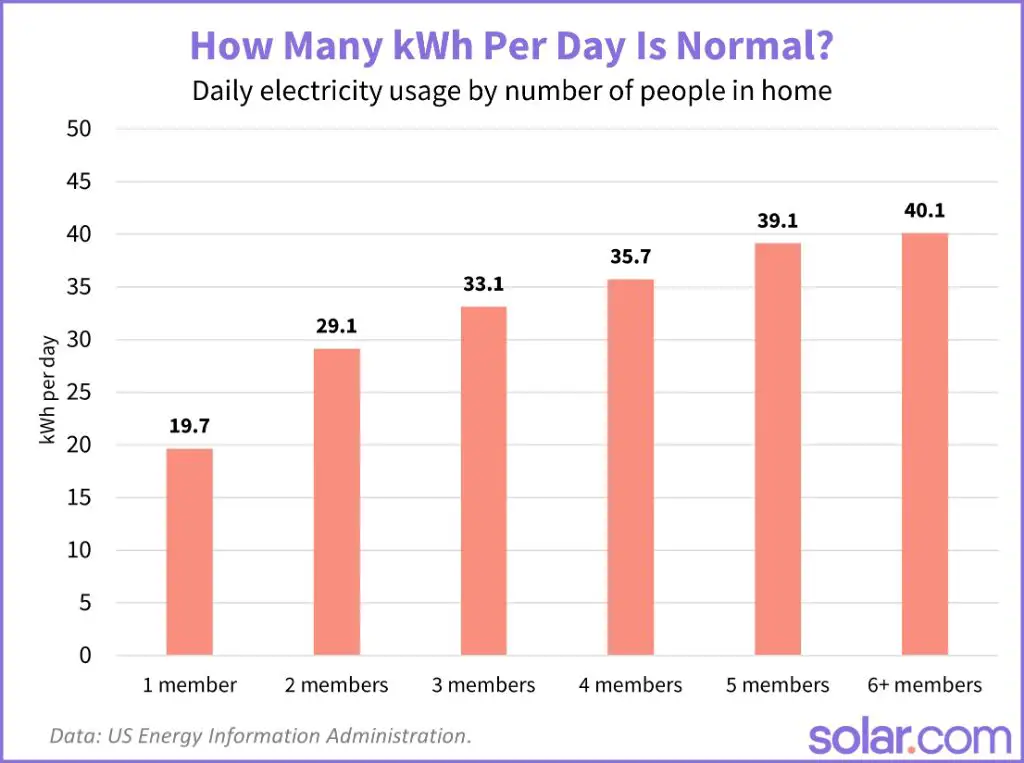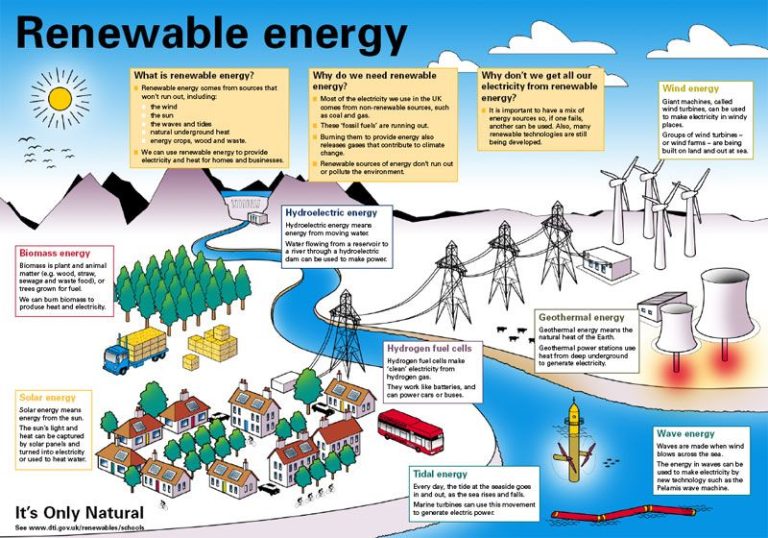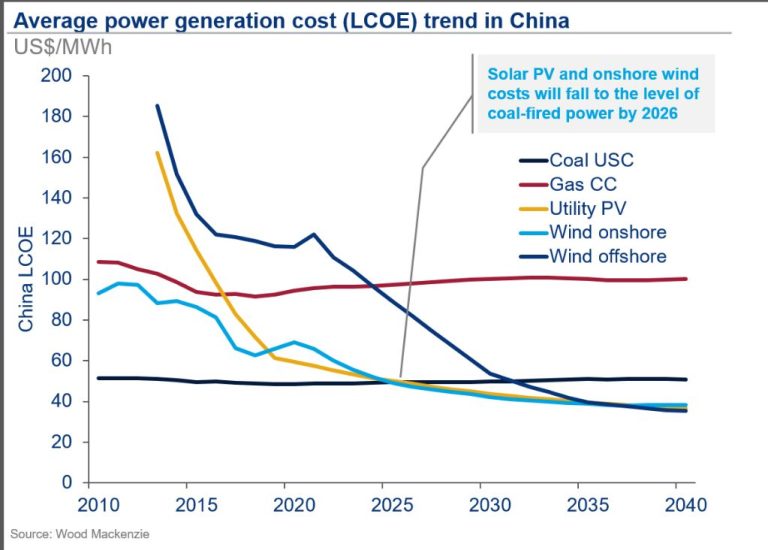How Many Kwh A Day Is Normal?
How much electricity does the average household use per day? This is an important question for homeowners and renters alike, as electricity costs make up a significant portion of monthly utility bills. In this article, we will explore the factors that influence daily electricity consumption, look at appliance usage, consider seasonal differences, and provide tips for reducing your home’s energy needs. We’ll also examine time-of-use pricing, smart meters, typical goals and comparisons, and what constitutes a “normal” or average kWh per day.
After reading, you should have a solid understanding of how much electricity a typical home uses for daily activities and how to compare your usage to peers. You’ll also learn ways to decrease your electricity usage and potentially lower your utility bill.
Average Household Consumption
The average household in the United States consumes about 30 kWh of electricity per day. However, consumption varies significantly across the country. Households in states with more extreme weather conditions like Texas, Florida and Arizona tend to use more electricity for heating and cooling. The average home in Texas uses about 35 kWh per day, while the average in chilly Maine is under 20 kWh.

Region also plays a role. Rural households with more appliances tend to use more electricity. Urban apartments use less on average. The typical single family home consumes 10,836 kWh per year. For a 365 day year that comes out to about 29.7 kWh per day.
Factors Affecting Usage
A household’s energy usage can vary drastically depending on several key factors. The most significant factors that impact daily electricity consumption include:
Household Size
The number of people living in a home has a direct correlation to energy use. Larger households with more occupants will naturally use more electricity for lighting, appliances, electronics, and HVAC. Energy usage per capita does decrease somewhat in larger households due to shared usage of appliances. But overall, a 6 person household could use twice as much electricity as a 2 person household.
Appliances and Electronics
The types of appliances, electronics, and equipment in a home also affect energy consumption. Homes with large, inefficient appliances, multiple high load electronics like gaming PCs, and luxury amenities like hot tubs use more electricity. Upgrading to Energy Star certified, high efficiency appliances can help reduce usage.
Climate and Weather
The climate zone a home is located in has a major impact on electrical needs. Homes in very hot or very cold climates use much more energy for cooling and heating. Extreme weather like heat waves or polar vortexes can also cause temporary spikes in energy demand. Where you live plays a big role in electricity consumption.
Home Size
Not surprisingly, larger homes with more square footage tend to use more electricity than smaller, more efficient residences. Larger homes simply require more lighting, heating, cooling, and electrical systems to power and maintain a comfortable living space.
Energy Efficiency
Improved insulation, weatherization, upgraded windows, and higher efficiency HVAC systems can dramatically reduce home energy consumption. Conversely, older homes with poor insulation and outdated systems can use up to 25% more electricity even if other factors are equal.
Appliance Electricity Use
When analyzing household electricity consumption, it’s helpful to break down usage by appliance. The major electricity guzzlers in most homes are:
- Refrigerators – The average refrigerator uses about 400-600 kWh per year. Newer Energy Star models are far more efficient, using around 300 kWh annually.
- Lighting – Traditional incandescent bulbs are inefficient, using 60-100 watts. LEDs use only 10-15 watts to produce the same amount of light, saving tremendously on electricity.
- Electronics – TVs, computers, game consoles and other devices in standby mode still draw power. Smart power strips can cut this phantom load.
- Washing machines – An Energy Star washer uses around 100 kWh less per year than a standard model.
- Water heating – Water heaters account for 15-25% of a home’s energy use. Tankless water heaters are more efficient.
- HVAC systems – Heating and air conditioning represent close to half of energy expenditures. Regular maintenance improves efficiency.
By analyzing your appliance electricity use breakdown, you can identify areas to target for energy savings.
Usage by Season
Electricity usage tends to be higher in the summer and lower in the winter for most households. There are a few key reasons for this seasonal fluctuation:
Air conditioning – Air conditioning usage spikes electricity consumption in the summer months. Air conditioning can account for over half of a household’s energy bill during hot summer months. The more extreme the temperatures, the more A/C is needed to keep homes comfortable.
Heating – In the winter, natural gas is more commonly used for heating homes than electricity. This leads to lower electrical usage in cold months. However, in regions with milder winters, heat pumps and electric heating are more popular, leading to higher winter electricity usage.
Lighting – Days are longer in the summer, meaning less reliance on lights. In the winter, more indoor and outdoor lighting is needed to compensate for fewer daylight hours.
Outdoor usage – In the summer, electricity usage increases due to running appliances like pool pumps. The use of yard tools and outdoor recreational equipment also spike in warmer months.
To summarize, air conditioning drives high summer electricity bills while lighting and heating needs lead to increased winter usage in colder climates. Understanding these seasonal differences can help inform efforts to balance out and reduce your household’s energy consumption.
Reducing Consumption
There are many ways households can reduce their electricity consumption and lower their kWh usage each day. Here are some tips for decreasing your home’s energy demands:
Use LED Lights
Swap out traditional incandescent lightbulbs for LED lights. LEDs use at least 75% less energy and last 25 times longer. Replacing all bulbs in your home with LEDs can reduce lighting electricity use by 80-90%.
Unplug Devices
Unplug electronics like TVs, laptop chargers, and small kitchen appliances when not in use. Many devices still draw power even when switched “off” if they remain plugged in. Unplugging them eliminates “phantom load”.
Adjust Thermostat
Lower your thermostat by 2-3°F in winter and raise it by 2-3°F in summer to reduce HVAC energy demands. Programmable and smart thermostats make temperature adjustment easy and convenient.
Time-Of-Use Pricing
Time-of-use pricing is an electric rate structure where the price per kWh depends on the time of day and season. With time-of-use rates, prices are highest during peak demand hours and lower during off-peak hours.
Peak hours are typically weekday late afternoons/evenings when electricity demand is highest. Off-peak times are overnight and weekends when overall demand is lower. Exact peak and off-peak blocks vary by utility company and region.
Time-of-use pricing is meant to incentivize consumers to shift electricity usage to off-peak times. By using less power during peak times, consumers can save money on their utility bills. Utilities can also reduce strain on the grid during peak demand by encouraging off-peak usage.
To take advantage of time-of-use rates, consumers can adjust habits like running large appliances (washer, dryer, dishwasher, etc.), charging electric vehicles, and adjusting thermostats during lower-priced off-peak hours. Smart meters and programmable thermostats make it easier to track and adjust usage.
Smart Meters
One way that consumers can better monitor and manage their electricity usage is by having a smart meter installed by their utility company. Smart meters provide real-time tracking and feedback about energy consumption. Rather than getting a monthly bill showing total usage for the month, smart meters allow you to see exactly when and how much electricity is being used hour-by-hour or even minute-by-minute.
This granular, up-to-the-minute data can help identify times of peak demand in your home. You’ll be able to see the impact of turning on appliances and electronics throughout the day. Smart meters also enable time-of-use pricing plans that charge less for electricity at night or other off-peak periods. By shifting when you run major appliances, you can take advantage of lower rates. Overall, the visibility and insights provided by smart meters give consumers more control over their energy usage and bills.
Goals and Comparisons
With electricity prices rising, many households are looking for ways to reduce their power usage. Setting goals can help motivate you to decrease your consumption. Here are some tips for setting and reaching your goals:
First, look at your past bills to establish a baseline for your current usage. The average U.S. home uses about 893 kWh per month. If your usage is significantly higher than that, aim to reduce it by 10-15%. Smaller households should target 500-700 kWh per month.
Next, compare your usage to similar homes in your area. Home size, number of occupants, major appliances, and climate all impact electricity needs. If neighbors with comparable homes use much less, you likely have room to improve.
Finally, find easy fixes like switching lights to LEDs, adjusting thermostats, and utilizing power-saving modes on electronics and appliances. Over time these can drive down consumption. Monitor your meter and bills to see progress.
With reasonable goals and efficiency improvements, you can cut back on your electricity usage. Comparing your home to others and tracking your progress will help you reach your reduction targets.
Conclusion
In conclusion, the average home in the United States uses about 30 kWh of electricity per day. However, usage can vary significantly based on factors like home size, number of occupants, appliances, climate and seasons. The largest electricity draws in homes are typically heating and cooling systems, water heaters, refrigerators, lighting, and electronics like TVs and computers.
There are many ways homeowners can monitor and manage their daily electricity consumption, such as analyzing their utility bills, installing smart meters, and taking advantage of time-of-use pricing plans. With mindful usage of appliances and lighting, most homes can find ways to conserve electricity and keep their daily kWh within a reasonable range for their needs and local climate.
In recap, while the average is around 30 kWh per day, a “normal” or reasonable range for most households falls between 20-40 kWh daily. By understanding their usage patterns and implementing some conservation measures, homeowners can keep their electricity use within an efficient and cost-effective range.





